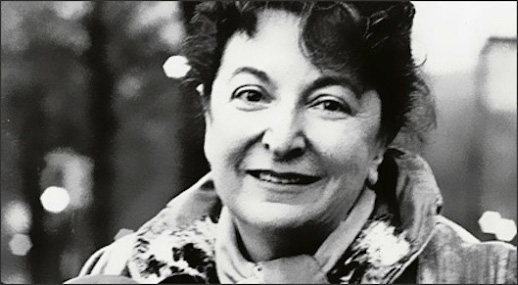 |
From 1968 through 1991, Pauline Kael was the pre-eminent film critic in North America, writing for The New Yorker. A polemicist of the first order, Kael was known for her witty, biting, opinionated, sharply focused and penetrating criticism. That she wasn’t widely loved — who of strong opinion ever is — is a given. Nonetheless, her contribution in the arena of film criticism remains a sustaining chronicle, an invaluable cultural contribution.
One of her early, pre-New Yorker reviews (from her salad days in San Francisco), addressed the emotional import Vittorio De Sica’s classic Shoeshine had on her. The world of film criticism, never mind the larger world, had never read anything like it, as she set out in her characteristic manner to interpret and express what was for her (as it is for all lovers of film) the transformative effect that the viewing of a film might have on the way one experiences, and places into context, the travails of their own life.
When Shoeshine opened in 1947, I went to see it alone after one of those terrible lovers’ quarrels that leave one in a state of incomprehensible despair. I came out of the theatre, tears streaming … I walked up the street, crying blindly, no longer certain whether my tears were for the tragedy on the screen, the hopelessness I felt for myself, or the alienation I felt from those who could not experience the radiance of Shoeshine.
Later this week, Viking Press and the Library of America will publish and make available to the public Pauline Kael: A Life in the Dark, a controversial biography of one of America’s leading film critics, about which the New York Times’ lead film critic Manohla Dargis writes …
Given how badly she comes across in the biography — palling around with filmmakers she reviewed is merely the beginning — she doesn’t set a good example. Her passion for film burned bright and long, but what’s missing, at least in this telling, is an equal passion for, and pleasure in, life beyond the screen. The book is queasily readable, but it reconfirms that Kael’s work no longer speaks to me. I rarely if ever, find myself thinking, gee, I really want to reread her hyperventilated rave of Robert Altman’s Nashville. What’s more interesting now is how she continues to function as a player and signifier in certain discussions about ’60s and ’70s American cinema, at least for an earlier generation.
The Hollywood Reporter, and former lead Variety, film critic Todd McCarthy begs to differ with Dargis’ rather unkind adjudication of the worthiness of Brian Kellow’s commemorative Kael tome, writing in his review of the book:
While it’s possible to regard the subtitle of Pauline Kael: A Life in the Dark as subtly snide, author Brian Kellow strongly suggests that Pauline, as she was called by everyone and is invariably referred to in these pages, lived most intensely in a darkened theater … To an impressive degree, he gets inside the head of a precocious, fearsomely smart young woman from small-town California and is able to describe what drove her, which authors turned her on (James, Hawthorne, Dostoyevsky, Melville, Woolf, Proust), her love of jazz and her distaste for aesthetic, religious and political dogma. So thoroughly does he portray the development of Pauline’s character and passionate engagement with matters aesthetic that it comes as no surprise she was able to burst onto the scene, at the relatively advanced age of 48, as one of the most dynamic cultural arbiters of the past century.
The “Paulettes” — as Kael acolytes, such as Movieline’s Stephanie Zacharek, Entertainment Weekly’s Owen Gleiberman and New York Magazine / NPR film critic David Edelstein are known — have yet to weigh in on the publication of Pauline Kael: A Life in the Dark, but you can be assured theirs will offer a rousing defense of Kael’s body of work, and her place in the pantheon of American film criticism.